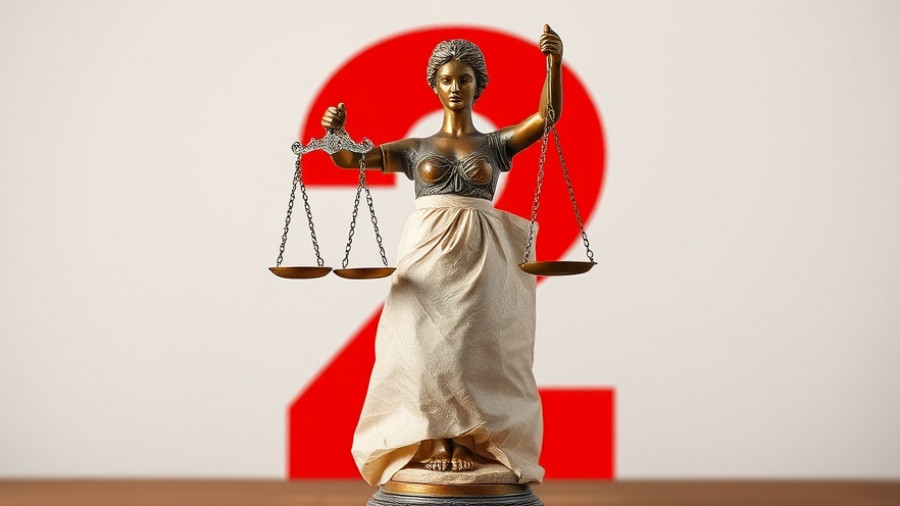
Understanding the Fourth Amendment Rights
The Fourth Amendment of the United States Constitution is designed to protect citizens from unreasonable searches and seizures. The ongoing legal case filed by the Second Amendment Foundation (SAF) highlights a critical issue surrounding this amendment—especially in schools where rules can sometimes tread on personal liberties.
Case Background: Harrington v. Crawford
The lawsuit revolves around the circumstances of 18-year-old Jack Harrington, a senior at Hillsboro-Deering High School in New Hampshire. Despite owning a legal firearm, Harrington sparked investigative actions solely based on his status as a gun owner—even though he legally refrained from bringing his weapon onto school grounds.
When school officials learned of Harrington's gun ownership, they subjected him to intrusive questioning followed by a warrantless search of his vehicle. The actions were taken without any evidence of wrongdoing, as Harrington consistently adhered to all laws regarding firearm possession.
The Implications for Students and Gun Owners
This case raises significant questions about the intersection of gun ownership and students' rights in public schools. “Being public about exercising your private rights cannot be grounds for being harassed and searched on campus,” explained Bill Sack, SAF’s Director of Legal Operations. The incident emphasizes how students, particularly those who own firearms legally, might face undue scrutiny and potential harassment based on misguided assumptions.
Alan M. Gottlieb, SAF's founder, stated that the actions against Harrington represent a troubling trend that could potentially lead to widespread profiling of gun owners among the youth. “If being a gun owner warrants school searches, it's a slippery slope toward violating fundamental constitutional protections,” he clarified.
Legal Challenges Ahead
As Harrington's lawsuit unfolds, it draws attention not only to the specifics of his case but to the broader implications for gun rights and constitutional protections in educational institutions. Legal experts suggest that the outcome could set precedents for how schools manage the rights of gun owners who are also students.
This situation highlights the necessity for a balanced approach that respects individual rights while ensuring a safe school environment. Educators and lawmakers will need to navigate these complex issues, considering both the legal framework and the ethical obligations they hold towards students.
Future Perspectives: Balancing Rights and Safety
The Harrington case will likely serve as a reference point in future discussions about gun rights and student safety. As legal proceedings progress, schools might need to reconsider how they address firearm ownership and ensure that constitutional rights are not compromised under the guise of maintaining security.
The increasing frequency of gun ownership discussions among youth, combined with heightened school safety concerns, demands a robust dialogue about students' rights. Stakeholders, including educators, parents, and gun rights advocates, will need to collaborate to find common ground.
This case stands as a beacon for those advocating for the rights of responsible gun owners, encouraging ongoing conversation about the realities of gun ownership in America and the importance of upholding constitutional protections.
 Add Row
Add Row  Add
Add 




Write A Comment